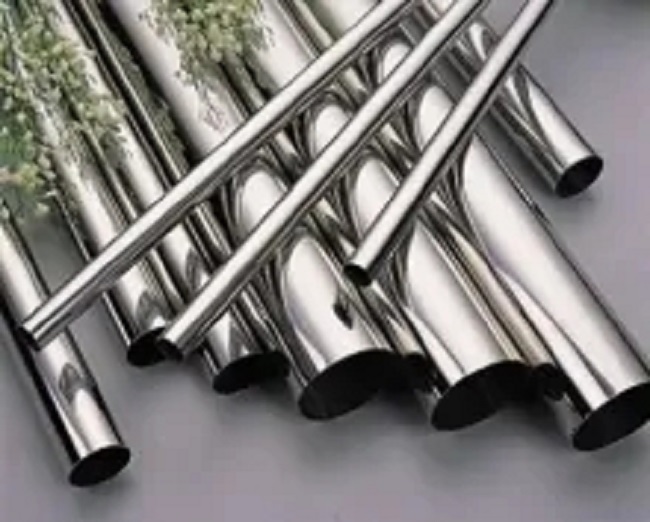
Privacy statement: Your privacy is very important to Us. Our company promises not to disclose your personal information to any external company with out your explicit permission.
Mr. Mark
What can I do for you?

1.2.1 Whitening treatment of natural surface color: In the process of processing, stainless steel undergoes coiling, edge binding, welding or artificial surface fire-roasting and heating treatment to produce black oxide scale. This hard gray-black oxide scale is mainly composed of NiCr2O4 and NiF, two EO4 components. In the past, hydrofluoric acid and nitric acid were generally used for strong corrosion to remove. However, this method is costly, pollutes the environment, is harmful to the human body, and is highly corrosive, and is gradually eliminated. There are two main methods for the treatment of oxide scale:
⑴Sandblasting (pill) method: mainly adopts the method of spraying micro glass beads to remove the black oxide scale on the surface.
⑵Chemical method: use a non-polluting pickling passivation paste and a non-toxic cleaning solution with inorganic additives at room temperature for immersion. So as to achieve the purpose of whitening treatment of the natural color of stainless steel. After processing, it basically looks like a dull color. This method is more suitable for large and complex products.
1.2.2 Stainless steel surface mirror bright processing method: according to the complexity of stainless steel products and user requirements, mechanical polishing, chemical polishing, electrochemical polishing and other methods can be used to achieve mirror gloss. The advantages and disadvantages of these three methods are as follows:
1.2.3 Surface coloring treatment: stainless steel coloring not only imparts various colors to stainless steel products, increases the variety of products, but also improves the wear resistance and corrosion resistance of the products.
There are several coloring methods for stainless steel:
A brief overview of the various methods is as follows:


Privacy statement: Your privacy is very important to Us. Our company promises not to disclose your personal information to any external company with out your explicit permission.

Fill in more information so that we can get in touch with you faster
Privacy statement: Your privacy is very important to Us. Our company promises not to disclose your personal information to any external company with out your explicit permission.